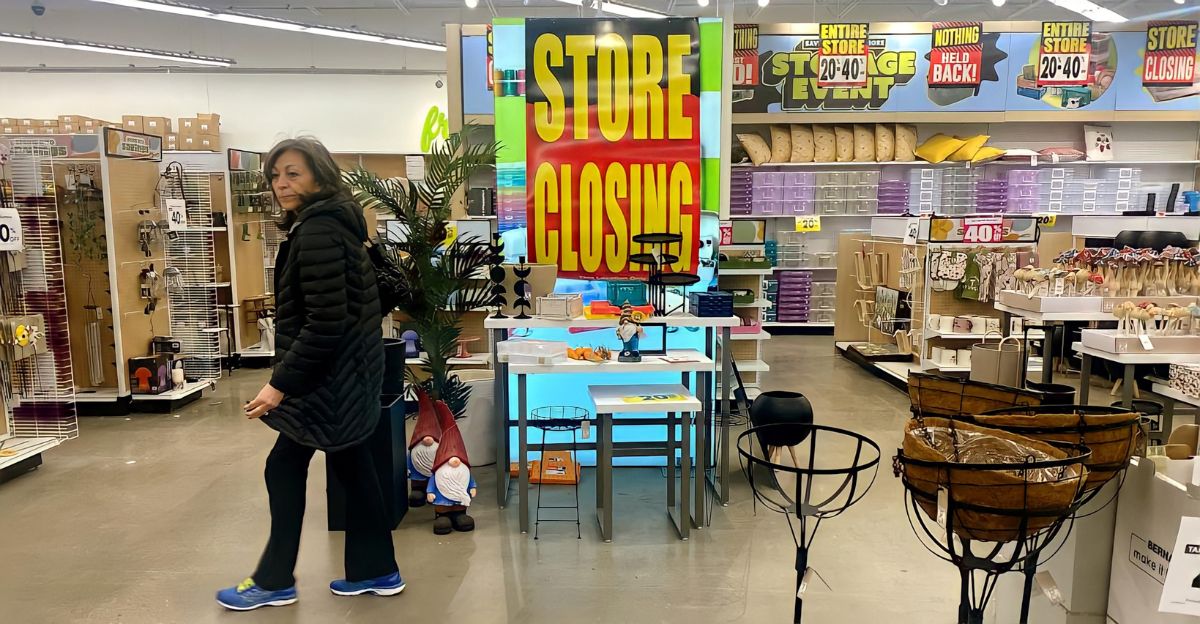
The furniture industry is in a bit of an uproar as a favorite furniture chain makes a significant change in its manufacturing strategy. But is the chain closing down and shutting stores? The answer is no.
In fact, the company is relocating its manufacturing operations, an upheaval that’s left both employees and customers facing new uncertainties. With tariffs and economic pressure piling up, traditional furniture-making and shipping processes are being flipped on their heads, forcing companies to make tough choices.
What seemed like a distant trade war has become a crisis affecting livelihoods and living rooms nationwide. The ripple effects extend past store floors, impacting factory hubs and supply chains. However, the question remains: How does this affect you as the consumer?
The Extent of the Problem
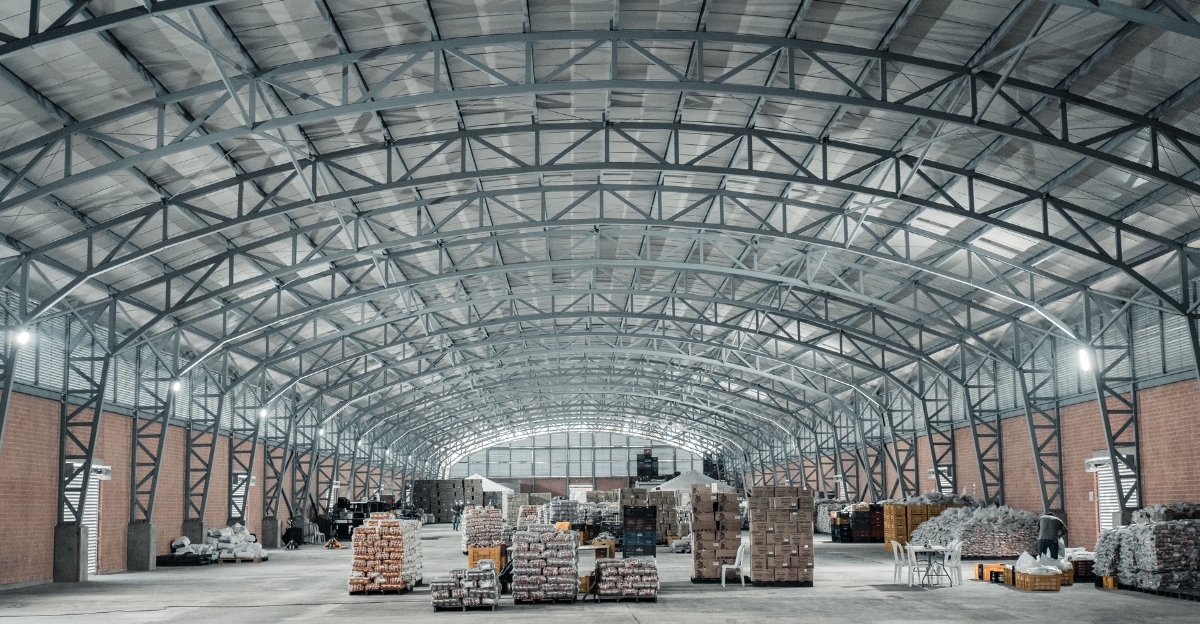
This crisis is not confined to a region or several stores; it is a nationwide phenomenon. From major cities to small towns, furniture stores are closing locations, decreasing consumer choice, and local job opportunities.
The recent bout of store closures is especially pronounced in big department stores and traditional furniture manufacturing strongholds, where losing stores compounds already fragile local economies.
Consumers across the country feel the effects of supply chains tightening and prices increasing, making it harder to find affordable, quality furniture. The breadth of these closures across the country speaks to the degree to which tariffs have penetrated the core of the retail industry.
Why Are Customers Suffering?

The effect on consumers is not only emotional. Consumers who have been loyal to their favorite furniture brands for decades now have to deal with less availability and increased costs. Manufacturing changes create uncertainty, frustration, and even disappointment.
This is not just about economics; this is about the massive changes in access and availability, as well as the disappearance of community institutions and beloved brands.
The crisis has sparked conversation on social media and community forums, where consumers are now wondering how these behind-the-scenes changes might affect their access to quality furniture..
What’s Driving These Closures?

Speaking of behind-the-scenes changes, the furniture industry struggles with a perfect storm of economic issues. Tariffs imposed on imports from key suppliers in China, Canada, and Mexico have astronomically increased the cost of raw materials and finished goods.
The tariffs—ranging from 10% to as high as 54% on some imports—have placed businesses in untenable positions: absorb costs and lose profits or place the burden on their customers and risk losing sales.
The added stress of rising inflation, interest rates, and a hesitant consumer base has meant that many retailers have no choice but to close stores or move manufacturing hubs to stay afloat.
Prepac’s Plant Closure

Therefore, it’s no wonder that Prepac, a leading Canadian furniture manufacturer, has decided to shut down one of its Canadian plants. In early April, the company closed its Delta, British Columbia factory and moved production to North Carolina.
This choice, driven partly by tariff pressures, resulted in 170 job losses and prompted outrage among Canadian employees and consumers.
While Prepac’s CEO said the choice was months in the making, the timing amid escalating tariffs shows the direct impact trade policies have on manufacturing decisions. Further, it highlights how tariffs are reshaping the furniture sector.
The Cascading Effects
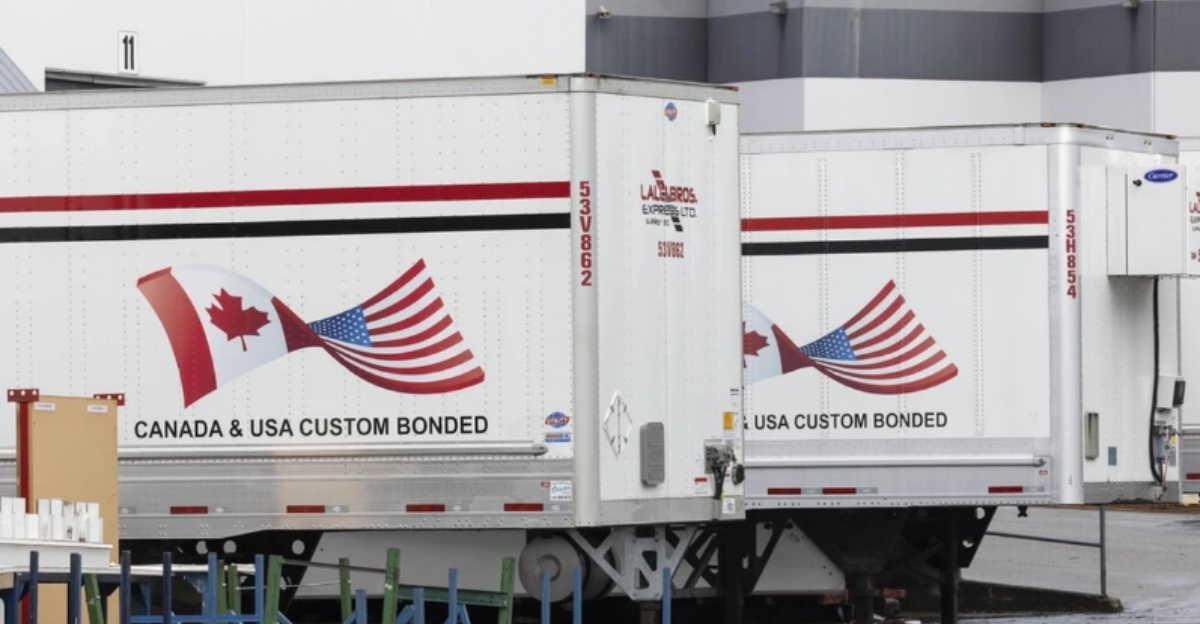
The closure of factories and retail stores cascades through local economies, especially those that depend on furniture production. When a company like Prepac moves production from Canada to the United States, its immediate impact is immense.
The region experiences the loss of employment for workers—over 170 in British Columbia’s Delta alone—disrupting families and reducing consumer spending in the community. Further, closing a factory doesn’t just disadvantage direct employees.
There is a ripple effect on secondary companies that, for example, provide wood, fabric, and transportation services, adding to the economic blow. Now, communities centered on manufacturing suffer identity crises and population decline as younger employees seek other jobs.
Moving to North Carolina
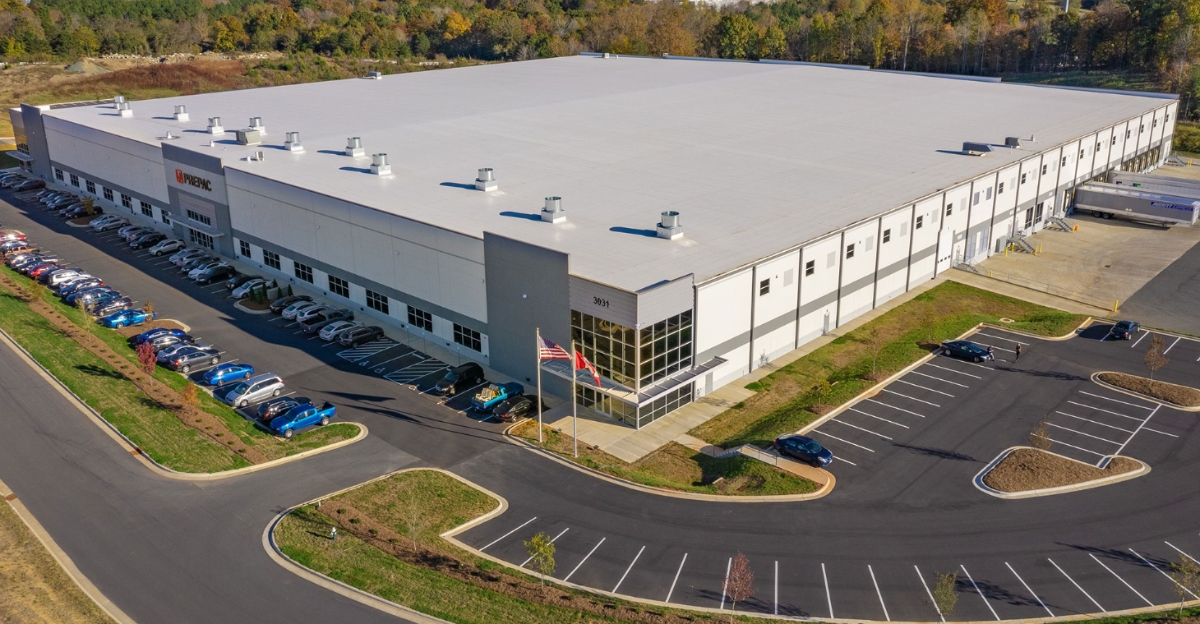
While British Columbia’s economy suffers, North Carolina may experience a short-term economic boost as new jobs are created and local suppliers are sought for materials and services.
Yet North Carolina’s furniture sector has a boom-and-bust history, having already lost over half of its manufacturing jobs to global competition and automation. The latest production boom offers hope, but it also raises questions about job stability and how such gains can be maintained in a volatile world market.
The transition also sparks trade policy disputes, with unions and local leaders questioning whether tariffs and foreign pressures dismantle U.S. industries and long-term regional security.
The Human Stories Behind the Numbers
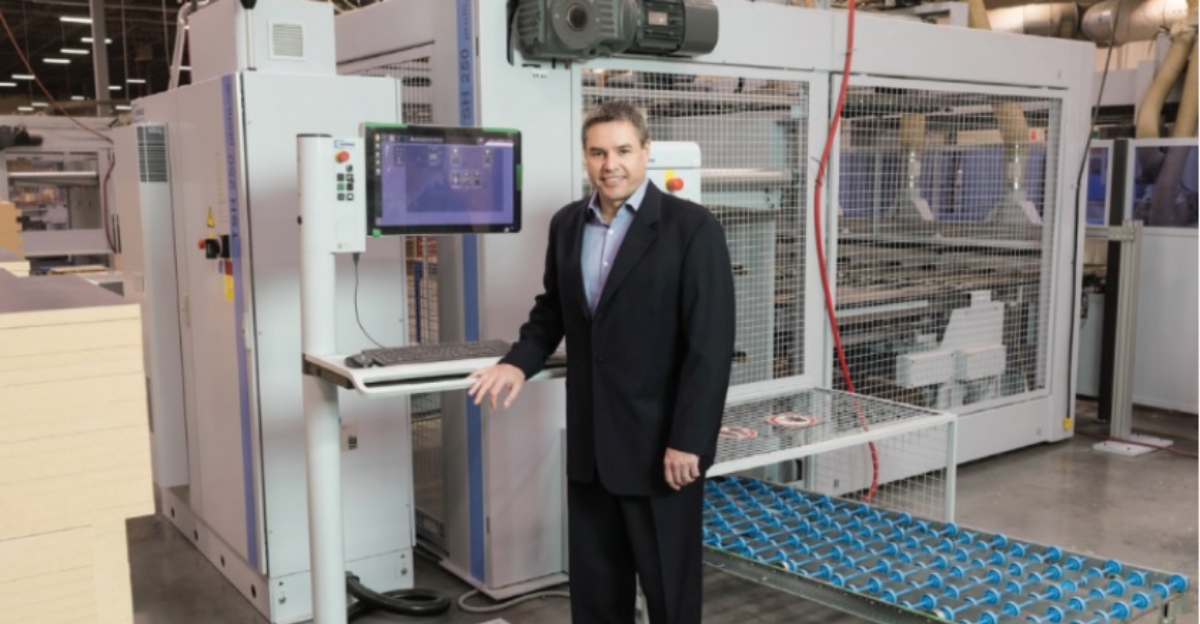
The loss of jobs in British Columbia and the move to manufacturing in North Carolina signal a pattern of economic dislocation, where the human element is brutal.
People are losing their jobs, families need to adjust to less income, and communities mourn the loss of long-term businesses that once characterized their region. Seasoned industry members recall the heyday of domestic manufacturing, now shrinking beneath international trade pressures.
As a result, retail employees are anxious about closures, and shoppers lose dependable sources of home products. These reports underscore that the tariff situation is not just an economic one but a social one, affecting real lives and communities.
All Part of a Larger Shift

The predicament that the furniture industry faces is characteristic of broader economic changes. Globalization, shifting trade policy, and technological disruption have been reshaping manufacturing and retail for decades.
Now, tariffs have accelerated these trends, forcing businesses to reconsider supply chains and business models. Some companies attempt to reshore manufacturing or diversify sourcing into countries like Vietnam and India, but these take time and are costly.
Meanwhile, digitization and e-commerce continue to alter consumer behavior, placing additional pressure on traditional brick-and-mortar retailers and their suppliers.
Looking at the Industry’s Future

Looking ahead, the industry is at a proverbial fork in the road. Will tariffs persist, requiring more restructuring, innovation, and store closures? Or will current talks ease trade tensions, allowing for recovery?
The answers are unclear, but companies must innovate to survive in the meantime by embracing new technologies, supply chain practices, and models of customer engagement. Thus, consumers may see more American-made furniture, but likely at higher prices.
The crisis raises questions about how trade policy intersects with domestic economic prosperity and consumer interests, presenting a need to balance protectionism with global competitiveness.
Can the Industry Bounce Back?

Unfortunately, plant and store closures reduce tax revenues, increase unemployment, and diminish the liveliness of local shopping districts. For employees, the crisis means uncertainty and searching for new employment in an already challenging job market.
Therefore, the road to recovery is complex. Furniture retailers and manufacturers must balance ongoing tariff uncertainties with managing costs, job stability, and consumer expectations. Supply chain diversification and investment in digital technologies offer hope for the future.
However, the economic cost in terms of job losses and plant or store shutdowns will take longer to bounce back from. Only time will tell if the closure of Prepac’s Canadian manufacturing plant is a short-term setback or a permanent change for the region.
Discover more trending stories and Follow us to keep inspiration flowing to your feed!

Craving more home and lifestyle inspiration? Hit Follow to keep the creativity flowing, and let us know your thoughts in the comments below!
